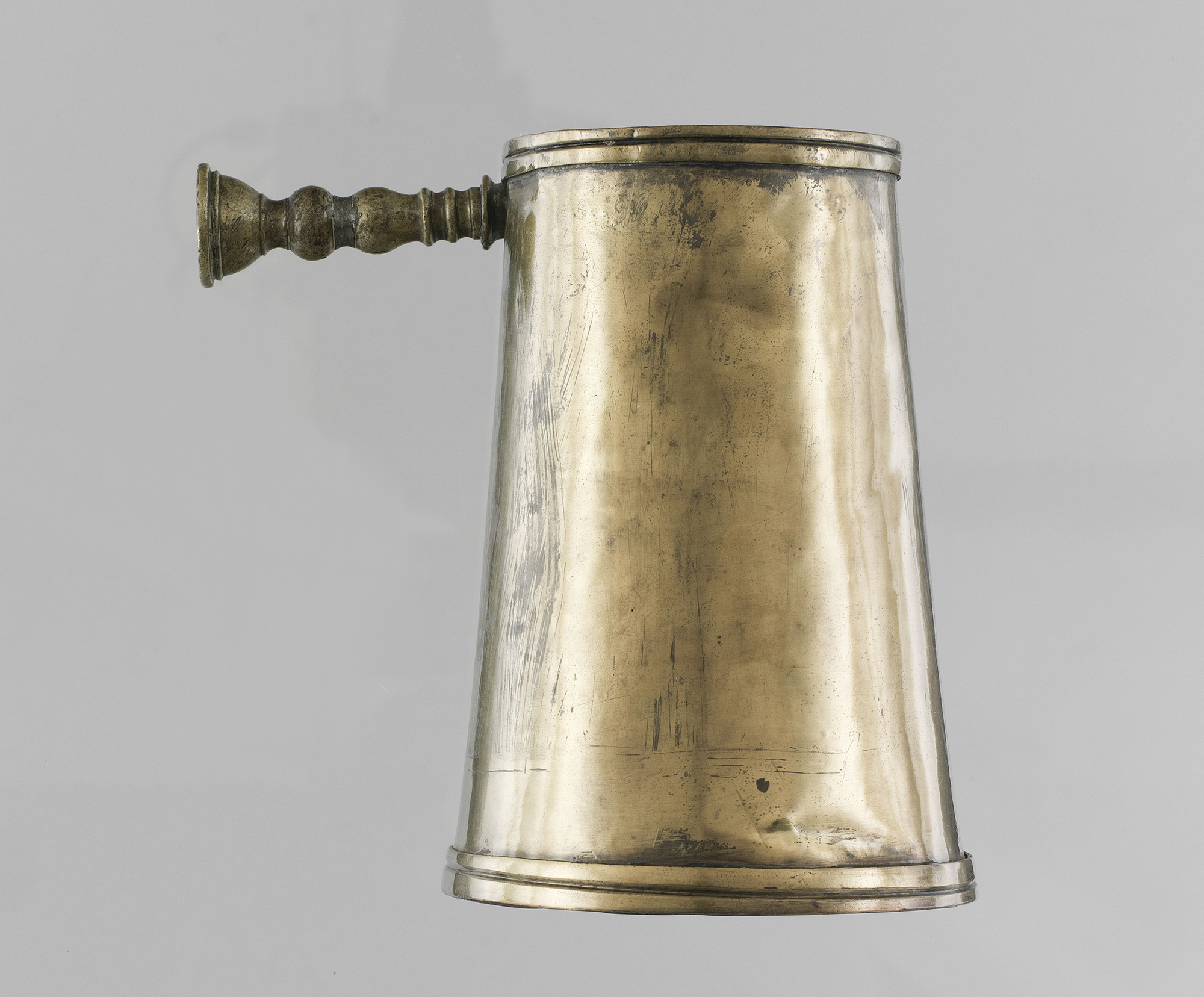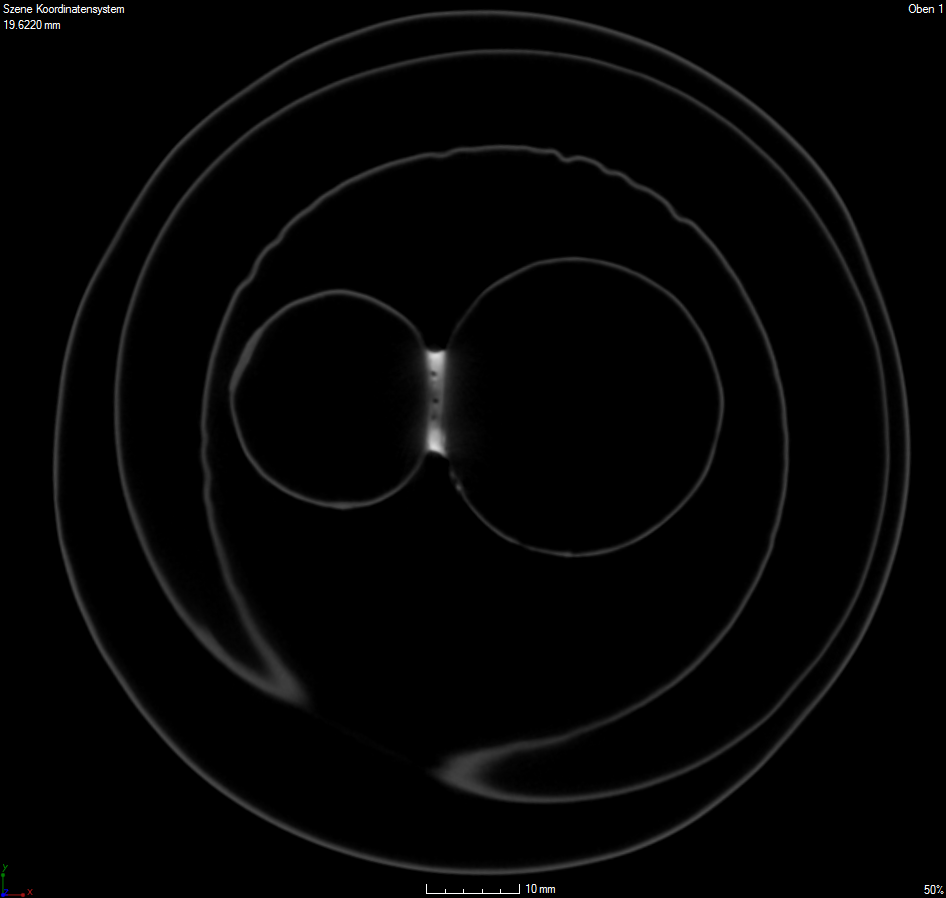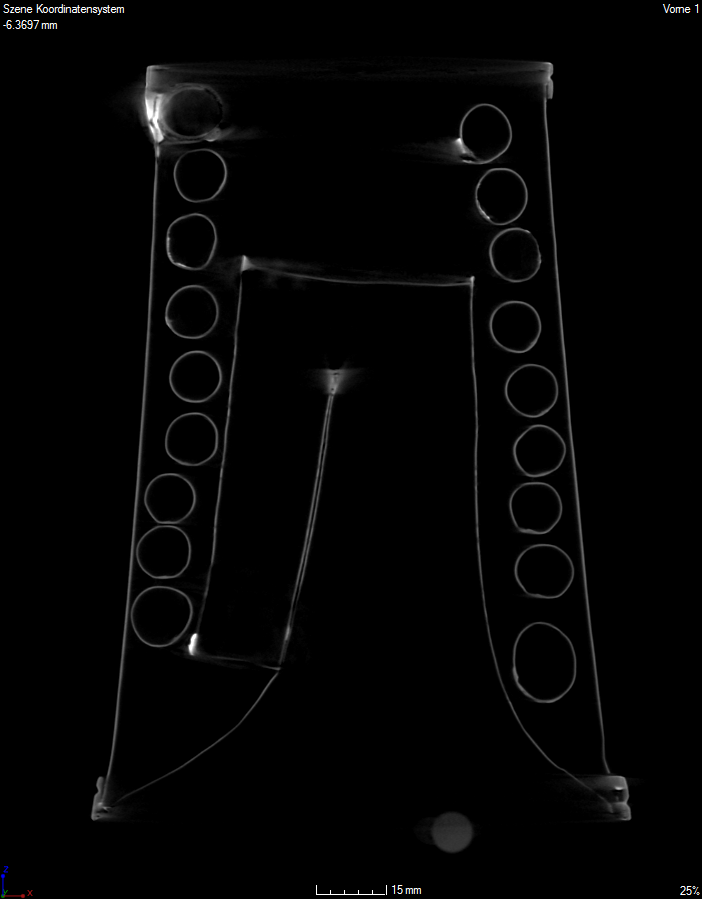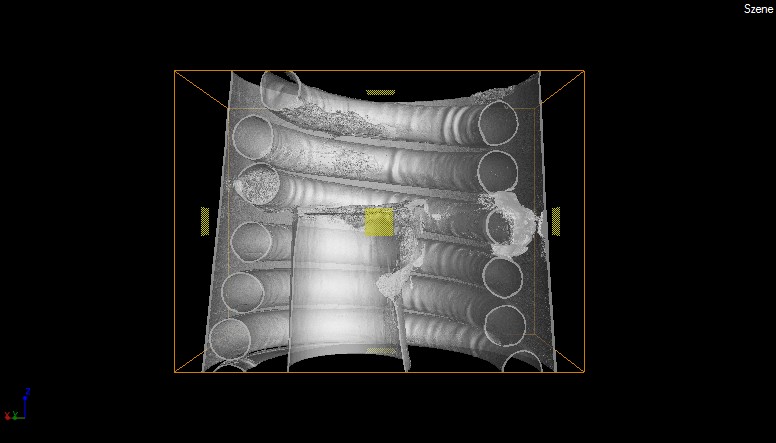
Date |
1731 |
Artist / manufacturer |
Adam Buchschwinder |
Inventory no. |
|
Origin |
Ellwangen, Germany |
Research project |
|
Customer |

Date |
1731 |
Artist / manufacturer |
Adam Buchschwinder |
Inventory no. |
|
Origin |
Ellwangen, Germany |
Research project |
|
Customer |
Technology |
3D computed tomography |
System |
|
Technical challenge |
Determine the optimum position of the object relative to the beam. Determine the ideal scan parameters (voltage, pre-filtering, trajectory, projection number, etc.). Obtain knowledge of the instrument’s design. |
Objective |
Analyze the instrument’s acoustics. Clarify whether modifications or repairs have been made to the object. |
Since the Middle Ages, trumpets have consisted of several cylindrical tubes fitted together and a flared bell with a shape that ranges from conical to hyperbolic. The total length extends to more than two meters. Initially long and stretched out, the instruments were later made S- or loop-shaped to make them easier to handle (e.g. for the cavalry).
The exterior of baroque trumpet MI205 is in the shape of a truncated cone. Its mouthpipe merges into the exterior of the cone at the top.
The X-rays were to clarify how the interior is built and also whether the object has undergone any modifications or repairs affecting its resonance.


